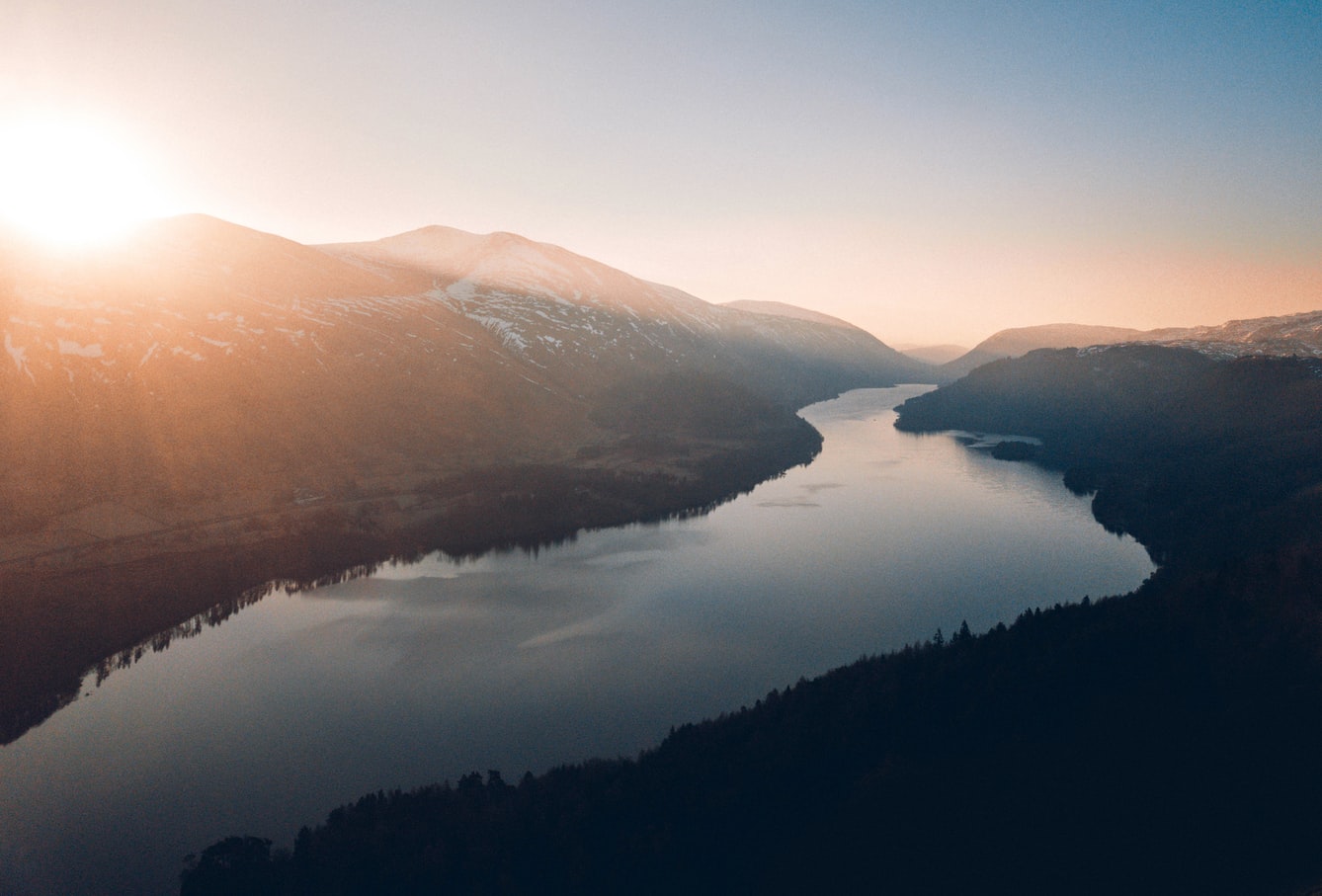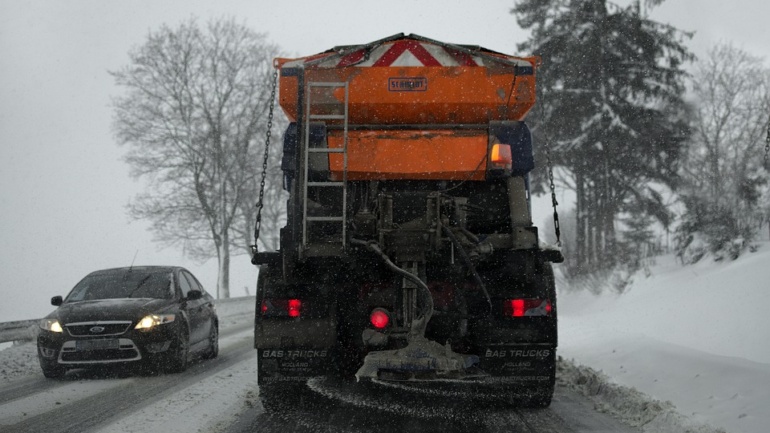By Taylor Schaefer, Writing Project Leader for Save The Water™ | May 9, 2015
Nolichucky River and Its Pollution Problem
The Nolichucky River runs through the Blue Ridge Mountains of North Carolina and flows into Tennessee before joining the French Broad River.4 It is home to a variety of wildlife and is an integrated part of the communities that reside alongside it. The U.S Fish and Wildlife Service, claim that a five-mile stretch of this river is one of the last habitats for at least three types of endangered mollusks.4 Noting its importance to both residents and animal life, communities in East Tennessee have been battling construction by a company called US Nitrogen. The company is seeking to pump water from the Nolichucky to their industrial chemical plant in Greene County before returning polluted water back to the river. While the company plans to treat the water before it is returned, there will be certain amounts of ammonium nitrate deposited into the river that will affect both the well-being of the river and species that live there.1 The added pollution from the plant is especially concerning since there is an increasing level of nitrogen due to fertilizer run-off from agriculture, this affects the communities downriver.1
Tennessee Department of Environment and Conservation permits US Nitrogen to withdraw as much as 1.9 million gallons of water per day. The company is also estimated to discharge about 500,000 gallons of water per day back into the river.1 A concern involving the returned water involves the company’s un-acknowledgements of how the river varies in volume in different areas and the seriousness of the cumulative effect of discharge will have on communities.4 This will cause an unequal concentration of chemicals in certain areas of discharge. Sierra Club attorney Brian Paddock stated. “There is a real problem of accurate measurement of the flow and volume of the river at the proposed intake and discharge point.” The U.S Geological Survey and Fish and Wildlife Service propose that the areas with low flow levels be more protected.4
Controversy over Pipeline Plan
The pipeline for the plant is already under construction and causing controversy with members of the communities in Green County, Cocke, and Hamblen. Several families have filed a motion to halt the construction and use of the double pipeline.5 Residents claim the pipeline is being built on their property without their consent, which is a violation of an agreement created in October 2014.5 Unfortunately, the pipeline is almost complete and one of the motions to stop the construction in certain areas has been denied.3
Hollie Binkley, the environmental manager at US Nitrogen claimed that there are no mussels occupying the area of the intake/discharge site at the Conway Bridge and the mussel populations downstream should not be affected as well.1 While the company welcomes monitoring from official agencies and claim the industry is regulated, will this be enough? Is this the beginning of the end for the Nolichucky River and its endangered species? After coal ash and chemical spills polluted water sources across the nation, communities trust in companies are quickly diminishing. Recent disasters display the need for independent monitoring of the bodies of water used by company in order to protect these water sources.1
References
- Reneau, Michael.28. February, 2015.“Clean Water Advocacy Group Receives Funding To Monitor Nolichucky River.” The Greenville Sun. Retrieved from http://www.greenevillesun.com/news/local_news/clean-water-advocacy-group-receives-funding-to-monitor-nolichucky-river/article_3502af91-7f4f-51c8-8353-4ecdcc96c153.html.
- Reneau, Michael. 4 April 2015. “New Pipeline Lawsuit Filed Against TDOT.” The Greenville Sun. Retrieved from http://www.greenevillesun.com/news/local_news/new-pipeline-lawsuit-filed-against-tdot/article_817fa93d-3f0a-582c-baaf-67171da5cb2e.html.
- Reneau, Michael. 9 April, 2015. “Order Against Pipeline Construction Denied.” The Greenville Sun. Retrieved from http://www.greenevillesun.com/news/local_news/order-against-pipeline-construction-denied/article_fe81f67b-c0a8-52b3-a80f-b120603c4771.html.
- Willet, Hugh. 14 July 2014. “Environmentalists worry about effects of ammonia in Nolichucky River.” Knoxville News Sentinel. Retrieved from http://www.knoxnews.com/news/environmentalists-worry-about-effects-of-ammonia.
- Willet, Hugh. 6 April, 2015.“Legal challenges continue for Greene pipeline.” Knoxville News Sentinel. Retrieved from http://www.knoxnews.com/news/legal-challenges-continue-for-greene-pipeline_97545479.





